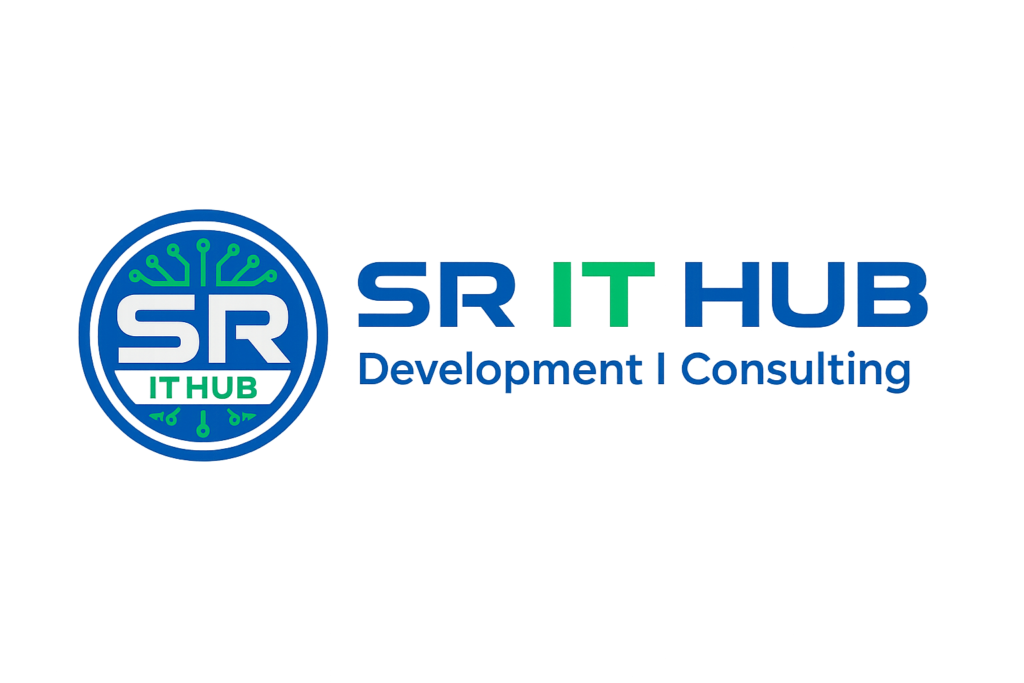ABSTRACT :
Bone sarcoma, usually known as bone cancer, is a rare type of cancer that refers to an abnormal growth of tissue inside the bone, with high probability to spread to other parts of the body. It commonly affects children, teenagers and young adults. As for all other types of cancer (breast, lung, prostate, stomach, brain…), there are no identified causes for bone cancer. Therefore, only an early detection could help increasing the chances to survive a bone sarcoma. The association of medical imaging modalities (such as X-ray, MRI and CT imaging) with image processing techniques can provide more accuracy while detection eventual bone tumours.
EXISTING SYSTEM :
Bone cancer is an abnormal growth of tissue in the bone. It can be primary or secondary. Primary bone sarcoma starts growing from the bone cells, while secondary bone cancer starts from other organs of the body and then spread to the bone cells. Pain, bone loss and hyper calcaemic are the most common symptoms of a bone cancer. Early bone cancer detection may lead to more efficient treatment and reduce the risk of disabilities. However, bone cancer is usually misdiagnosed due to the difficulties encountered by radiologists while interpreting medical images. Image processing techniques can offer more accurate interpretation tools for medical imaging and assist radiologists in bone cancer diagnosis. In this paper, we first described the bone anatomy and how cancer cells are developed inside the bone texture. Then we illustrated examples of different bone cancer forms. After that, we reminded the most common bone imaging modalities used for sarcoma diagnosis and we described some of the image processing techniques that have been used to detect bone cancer. Finally, we introduced our sarcoma diagnosis technique based on GGD analysis, Euclidean distance measurement and connected components algorithm.
PROPOSED SYSTEM :
In this paper, we proposed a new bone cancer computer aided diagnosis system, based on Generalized Gaussian Density (GGD) analysis. GGD principle is based on wavelet decomposition. Wavelet transform is known as a multi-resolution analysis where image textures are filtered using two different filters (a low-pass and a high-pass) on the image rows and columns. In 2002, Do and Vettel [6] introduced a new method for texture analysis, based on Generalized Gaussian Density estimation. This technique consists on building the histogram of the wavelet coefficients distribution at a given level of decomposition. The histogram behaviour is then described by a continuous law for each sub-band.
SYSTEM REQUIREMENTS
SOFTWARE REQUIREMENTS:
• Programming Language : Python
• Font End Technologies : TKInter/Web(HTML,CSS,JS)
• IDE : Jupyter/Spyder/VS Code
• Operating System : Windows 08/10
HARDWARE REQUIREMENTS:
Processor : Core I3
RAM Capacity : 2 GB
Hard Disk : 250 GB
Monitor : 15″ Color
Mouse : 2 or 3 Button Mouse
Key Board : Windows 08/10

